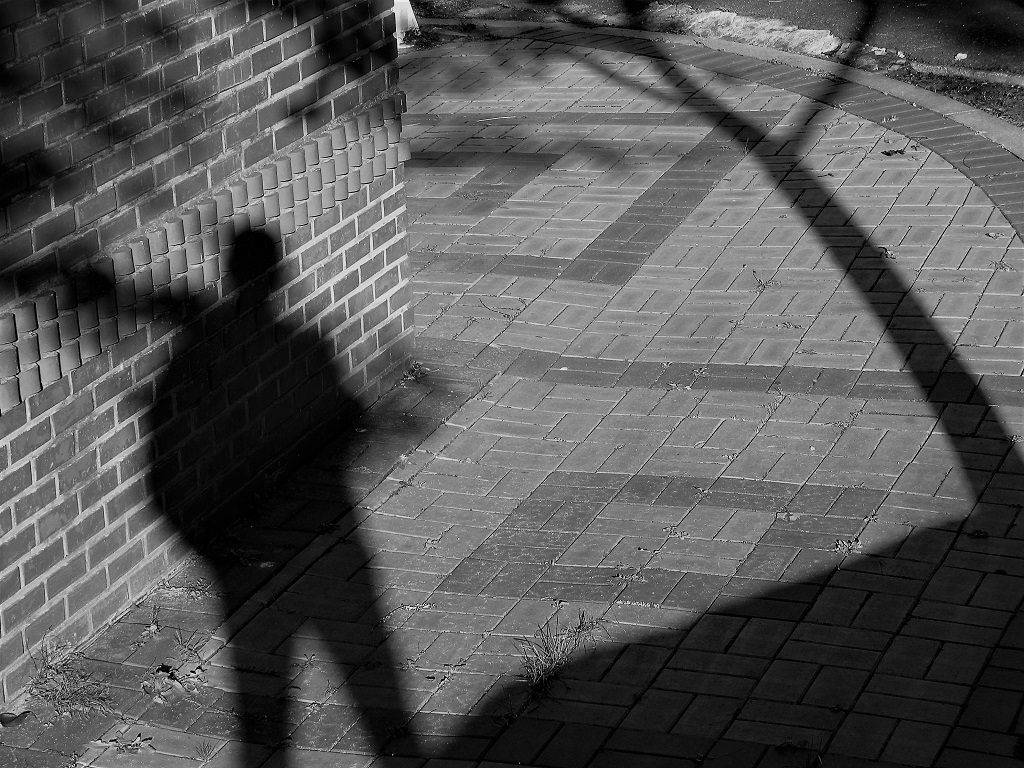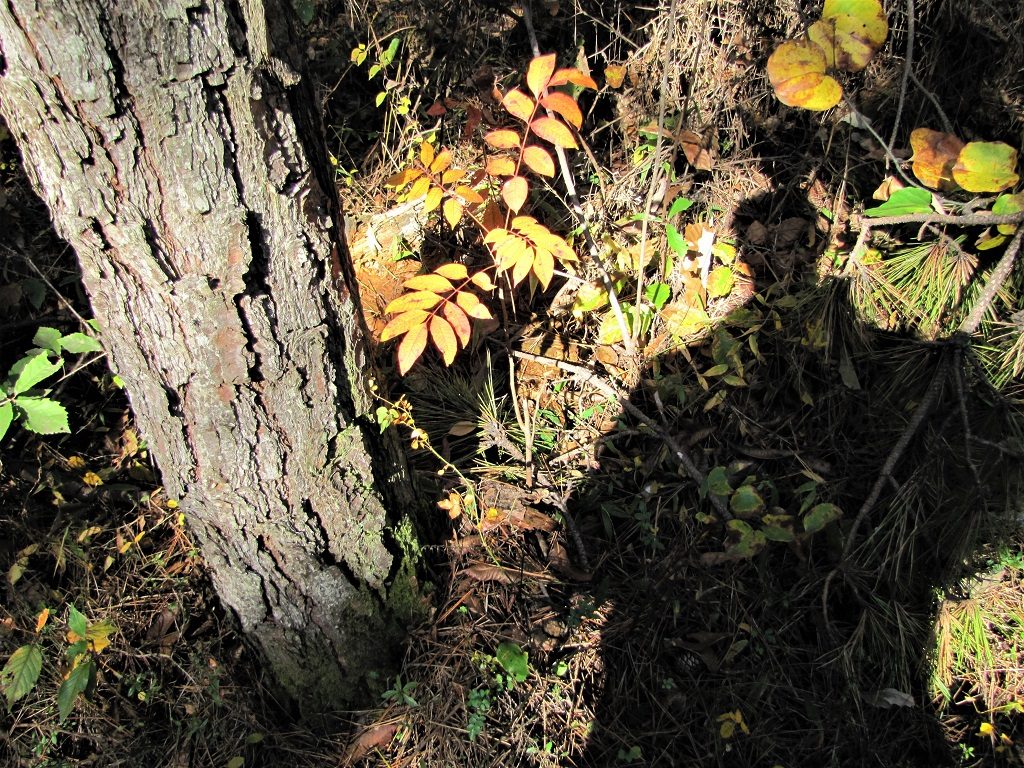As I Lay Living, Epilogue: Memories of Walking
I am back to where I started, trying to think and write in the midst of the cackling hollowness of the young and mindless — this time a gaggle of twenty-somethings shouting and laughing uproariously about the same nothingness with which teenagers had surrounded me two weeks before. Again I exhaust every resource of the mind in a life or death struggle against the engulfing senselessness of the body, matter without form or purpose — modern life.
As many of you will already know, I recently broke a bone in my foot, requiring surgery that has trapped me in the hospital for longer than I care to recall. More importantly, this injury and its necessary recovery period will cause — in fact, have already caused — the longest ever interruption in the almost continual walking habit that has been an essential element of my life since the first time I managed to drag myself to my feet.
And that last image is no small consideration. I was born with two defective feet; they had to be trained into proper position with a steel bar linking them between two specially-constructed baby booties. Without that corrective mechanism, under the encumbrance of which I learned to crawl and stand, I would never have been able to walk properly at all. Thus, in a simple example of an idea I have emphasized a lot recently in my writing, namely the importance of not only overcoming suffering and hardship, in the sense of finding a way to hurdle life’s obstacles, but also redeeming suffering, in the sense of making it a definitive aspect of your life’s wholeness, which is to say forcibly taking full ownership of your difficulties as the necessary means to your development, I not only managed, in spite of a birth defect, to learn how to walk, but actually made walking an essential and indispensable element of my very identity. I am a walker, philosophically a peripatetic, if you will; one who not only thinks while walking, but by walking, striding around my thoughts, encircling ideas until I have finally swirled them into their proper formation. Walking is how my mind works.
Now, however, I am, for the first time since infancy, on a forced hiatus from walking. This is why I have spent much of the past two weeks contemplating the meaning of walking as both metaphor and manifestation of the thinking life, which is to say of life itself. The premise, which has imposed itself upon me as much as having been chosen by me, is that if I cannot think through my walking, then I must at least walk through my thinking. That is, I must embark on a long and deliberate trek in the soul in order to compensate for my inability to bring body and soul together in my preferred and natural manner. This endeavor, though it chose me, has turned out to be therapeutic and fruitful as a means of unpacking some of my thoughts about the nature of a unified and fully human life — once again demonstrating the necessity and desirability of redeeming hardship. Someday, thanks to my “As I Lay Living” series, and related ruminations, I will be able to say, without disingenuousness, “It’s a good thing I broke my foot,” just as I can now say it’s a good thing I was born with crooked feet.
In the meantime, as I slowly work my way toward that properly philosophic perspective, by first working my way through the extremely long and unpleasant process of surgery and recovery, I am now able to indulge in happy recollections of walking without lamenting my short-term debilitation, or even dreading the very real, much more unsavory prospect of long-term diminished capacity.
In that spirit, then — the spirit of overcoming, including self-overcoming — I would like to share the following photographs with you, my dear readers. These are just a few images representative of my walking life in its literal dimension, taken within the past several months. I hope you enjoy them half as much as I am heartened by the thoughts and memories they evoke.
(And I note with only minimal surprise that once again humanity has redeemed itself temporarily in the eyes of a man who is sickened far more often than energized by what he sees around him these days. Having escaped the noisy idiots in favor of a colder but quieter section of the hospital, I complete this writing twenty steps — steps I cannot take, of course — from a young couple. They appear younger than the typical marriage age in Korea, and from the man’s demeanor and wardrobe, they are probably not wealthy or rewardingly employed. The woman, who appears at least seven months pregnant, is a patient in the OB-GYN ward, which may mean very disturbing news of course. Sitting close to his wife, the man places one hand on hers, which in turn is resting on her belly. In his other hand, he is holding open a children’s book, which he proceeds to read to his unborn baby with great animation, moving his face in close to his wife’s belly to emphasize key words, as though afraid the child might miss an important point. All, even now, is not quite lost, it seems. True, I might turn now to think of the governor of New York, or millions of likeminded ghouls, who would much sooner stab that seven-month-old fetus in the back of the neck than read it a bedtime story. But tonight the bedtime story wins — the soul wins — and the baby killers can go to hell.)















